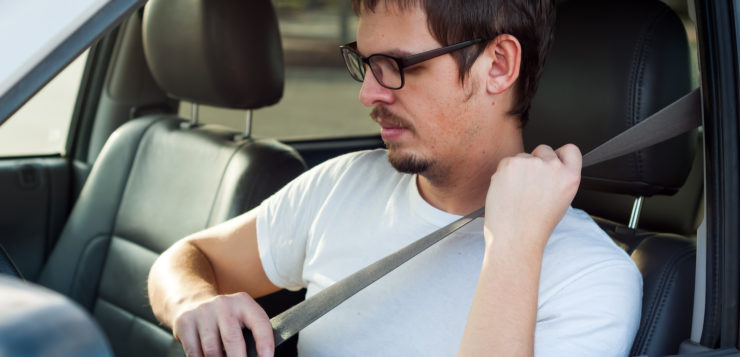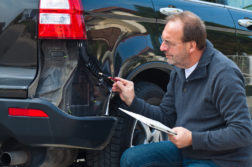Driving etiquettes to keep you and others out of danger.
There are more SUVs on the road than ever before. Even people who don’t explicitly need SUVs are now buying them simply because they’re now driver-friendly, comfortable, spacious, and feel safer. But SUV drivers are getting reckless because they feel safer and more confident in a bigger vehicle. They also try and drive SUVs like cars and expect them to react like cars. This can cause accidents. Here are some safety tips that will keep SUV drivers and the cars and people around them safe.
Practice driving: You may not legally require additional training to drive an SUV, but that may not mean that you know how to handle one. Practice driving it in an empty parking lot and in different conditions. Learn how it accelerates, turns, and brakes at different speeds and in different conditions.
Be smooth: Don’t jerk the vehicle around. Avoid sudden steering or brake inputs. An SUV has a high center of gravity and does not behave like a sports car or a low-slung sedan.
Be considerate: Your view of the road will be better because of your SUV’s high seating position. But others won’t be able to see as well as you. They also won’t be able to see traffic ahead through your windshield. So you’re responsible for the cars behind you too. Drive carefully.
Learn to brake: Because of their weight and momentum, SUVs have a greater braking distance than other cars, especially in bad weather. So try and choose a vehicle with ABS, EBD, and traction control. When you brake, maintain firm, constant pressure on the pedal, and don’t use the pumping technique. Ensure that your brakes are well maintained.
Wear your seat belt: SUVs are tall vehicles with a high center of gravity. This makes them more susceptible to roll-overs. That’s why you must ensure that the driver and all passengers are always wearing their seat belts.
Drive slowly: Your SUV has a powerful engine. But that does not mean you need to see how fast it can go. Practice defensive driving techniques that give you more time to react during emergencies.
Avoid overloading: Understand the load-carrying capacity of your SUV. Don’t carry more weight in it than it is rated to carry. Cargo and passengers raise the center of gravity and could make the SUV unstable.




